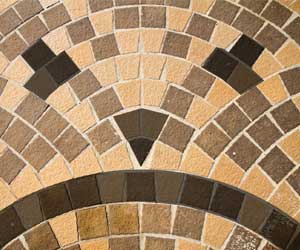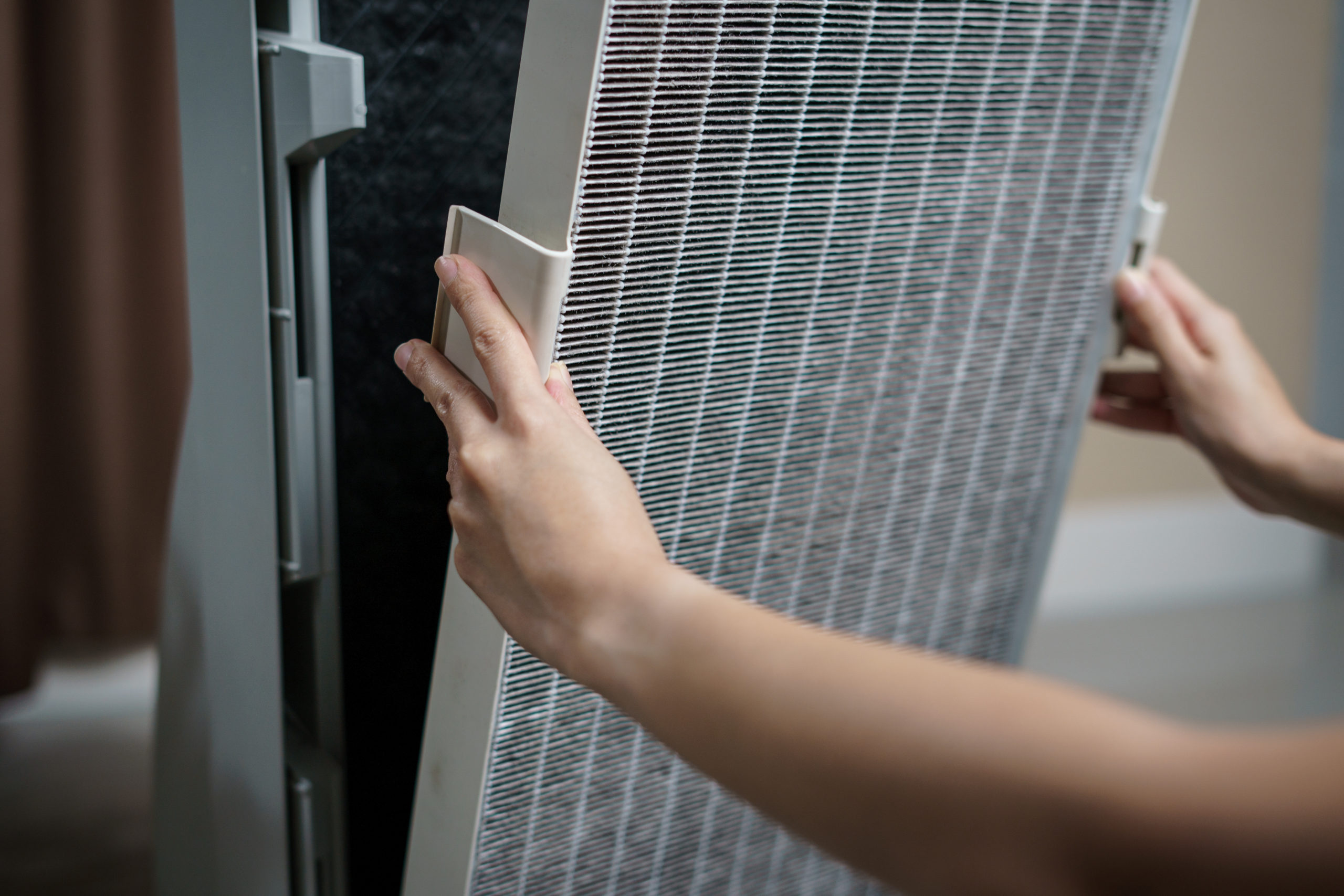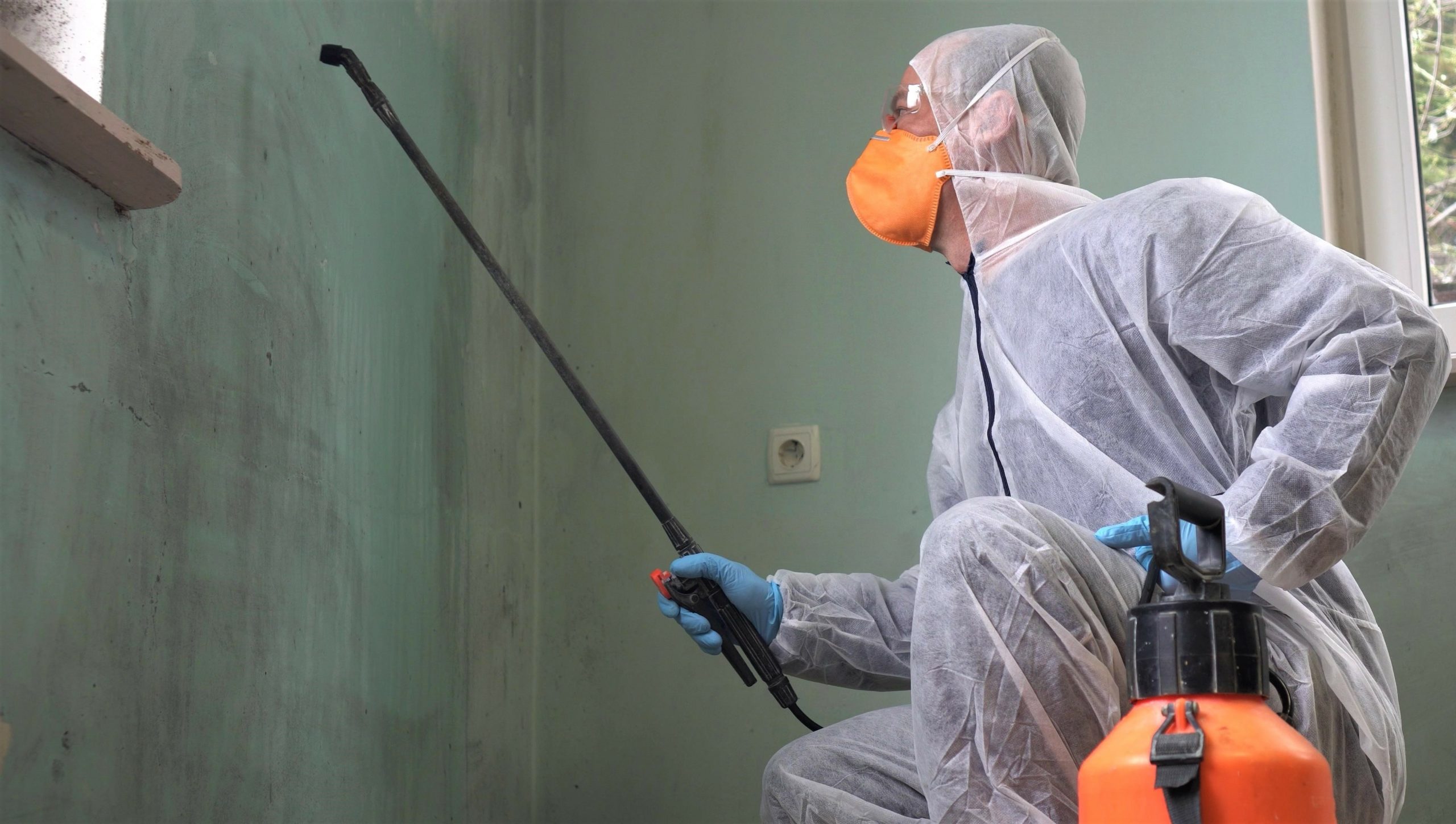Exploring “natural” grout cleaning methods
In Part 2 of “Don’t Pout about Dirty Grout,” I am exploring the lowest impact chemical options (sometimes called “green” or “natural” cleaning solutions) for cleaning and whitening grout as well as protective options for keeping grout clean longer between cleanings. Review Part 1 here.
There are many powerful grout cleaners on the market, but there isn’t as much known about “natural” grout cleaning methods. Keep in mind that any time you reduce the amount of chemical cleaning assistance, you must rely more heavily on Heat, Agitation, and Time to accomplish the same quality of cleaning.
Dry Steam Vapor Cleaning (H+A)
Dry steam vapor does a great job cleaning tile and grout. Combined with pressure, the steam vapor invades minute cracks and crevices, kills mold and pushes out soil, residue from old cleaning products, and debris so it is easily wiped or rinsed away. The advantage of steam vapor is it does a superior job of killing mold and its spores, so the tub or shower may stay mold-free longer between cleanings.
The combination of the heat from the dry steam vapor and the agitation from light scrubbing fades stains on the grout, but that alone doesn’t always remove the stains. A chemical change is needed to reduce or remove the stains, so in some cases an additional step to whiten the grout may be needed.
 Baking Soda (A+T)
Baking Soda (A+T)
With a pH of around 8, baking soda is classified as an alkaline (or base). Many products at this pH range make good whiteners. In addition, baking soda is a mild abrasive and is used as a gentle mechanical cleanser, sometimes called a soft scrub.
Here is a common way to use baking soda to clean grout:
- Sprinkle baking soda on dampened grout lines.
- Let it sit for a few minutes.
- Use a nylon brush to gently scrub it in.
- Rinse it away.
You can also make a paste with baking soda and water and apply it to tougher stains. Since the dwell time depends on the severity of the stain, check often.
Borax (C+A)
As a stronger alkaline than baking soda, Borax (pH 9.5) cleans and bleaches by converting small amounts of water molecules to hydrogen peroxide. Borax is a natural ingredient, but not necessarily safer for you or the environment than man-made chemicals.
As a common ingredient in pesticides, herbicides and fungicides, borax is very toxic to humans and their pets when ingested or absorbed through mucous membranes (i.e., breathed in or absorbed through the skin). It can also cause skin irritation, so this product should be used with caution. Don’t use around food, keep it out of reach of children and pets, and rinse well off surfaces after using it.
There are many recipes for using borax to clean mold off grout. Most dilute borax in water, probably to reduce the opportunity to breath in the powdered form. The most common recipe includes dissolving ½ cup of borax into one gallon of warm water and applying that solution to the grout with a scrub brush. No dwell times were discussed, so progress should be checked often.
CAUTION: Do not combine vinegar with borax.
White Household Vinegar 5-6% (C+T)
Standard household vinegar (citric acid) is highly acidic, with a pH 2. Like everything on the extreme ends of the pH scale, vinegar can bleach color from things it comes into contact with. Stick with the white vinegar as apple cider vinegar may stain the light-colored grout.
Avoid using vinegar on or near natural stone as citric acid will damage it pretty quickly. The acid in vinegar may also etch or erode the surface of ceramic tile over time if not used carefully, causing a dull appearance, or loss of gloss.
Most recipes using vinegar call for full strength, or recommend diluting it 1:1 with water, and specify to let it sit no longer than 5-10 minutes. Monitor progress closely.
CAUTION: Do not combine vinegar with borax.
Hydrogen Peroxide (C+T)
The 3% hydrogen peroxide solution found in drug stores has a pH of around 6.5 which is considered a neutral pH. Although not toxic at this concentration, you should use hydrogen peroxide, especially applying with a spray bottle, in a well-ventilated area. It is a mild oxidizer, or bleaching agent, so test in an inconspicuous area before applying to colored grout.
There are many recipes for using hydrogen peroxide to kill mold and whiten grout, from applying it full strength to cutting it 1:1 or 1:2 with water, so ultimately dilution depends on how tough the job is. Spray it or apply it with a cloth to the grout. Let the hydrogen peroxide sit for a few minutes; the exact time needed will vary depending upon the severity of the stain. There is no standard recommended dwell time and recommendations run from 5-30 minutes or more. Scrub as needed.
For particularly tough stains, create a paste with hydrogen peroxide and baking soda and apply to the grout. Do not leave unattended and check progress often.
Oxygen Bleach (C+T)
Oxygen bleach is often used on the tougher stains and the really grimy grout. There are many types of oxygen bleach. A common form, Sodium percarbonate, is a dry, granulated form of hydrogen peroxide.
Oxygen bleach, like chlorine bleach (sodium hypochlorite or household bleach), is an oxidizing agent, meaning it breaks the chemical bonds (by taking an electron) of a molecule that contains color (ex: a stain). This changes the stain molecule so it either has no color anymore or the new color is outside the spectrum of color we can see. Oxygen bleach is a great cleaner and whitener because it is not harsh like chlorine bleach, and it can brighten grout without discoloring.
There are many different types and brands of oxygen bleach, and there can be a big difference in quality since not all have the same amount of active ingredient, so check labels and apply according to directions on the label.
Reminders: Before Changing Products and Procedures
Before implementing a new product or procedure, make sure the application and timing fit into your total cleaning procedure and provide replacement training for your staff prior to use in the field.
For all cleaning products and homemade mixtures used in clients’ homes, make sure you have a valid SDS (formerly MSDS) on file at the office and on site at the client’s home (usually in a notebook).
Be sure to inform clients when you change or add use of a product in their homes so that they have an opportunity to identify any philosophical or medical challenges.
Janice Stewart is the owner of Castle Keepers of Charleston and driving force behind the development of the Modern Cleaning approach, Janice brings her scientific and healthcare background to inform the development of effective, safe, and healthy cleaning methods.






